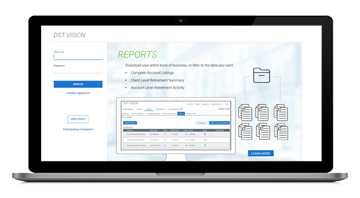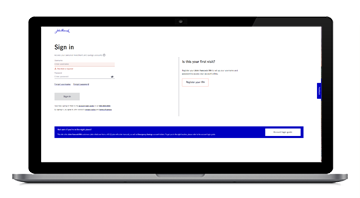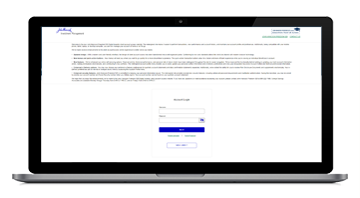The value of short-term bonds in today’s market
In today’s financial landscape, uncertainty seems to be the only constant. Investors are contending with persistent market volatility and an unclear path forward for monetary policy. In this environment, short-term bonds offer a timely solution for those seeking both stability and opportunity.

Recent years have seen investors flock to cash and money market funds, driven by a desire to avoid the volatility that shook both equity and bond markets. Throughout 2025, cash balances have steadily crept up and now stand at record highs, a testament to the cautious mindset prevailing among many investors.
However, history reminds us that sitting on the sidelines could cause investors to miss out when they try to time the market. Historically, both stocks and bonds have rebounded in the years following a market drawdown. This shows that the opportunity cost of holding excess cash can be significant, especially as inflation erodes purchasing power over time.
How do short duration bonds perform when interest rates fall?
In today’s market environment, we strongly believe that bonds, including those with shorter durations, offer an asymmetric return profile that provides an opportunity for investors. Elevated yields have created a scenario where the potential downside is limited; however, we see the possibility of significant upside if rates fall.
Short-term bonds could see price appreciation if rates fall
For example, if the 10-year U.S. Treasury yield were to rise to 6% over the next year, the negative return for short duration bonds could be less than 1%. Conversely, a decline in yields could translate into notable price appreciation, delivering meaningful total returns.
How have short-term bonds performed after the Fed cuts rates?
History also provides support to the argument for an allocation to short-term bonds instead of cash during this phase of the monetary policy cycle. This is because short duration bonds have historically outperformed cash in the year following U.S. Federal Reserve (Fed) rate cuts.
Short-term bonds often outperform cash after Fed rate cuts
This pattern has repeated itself across multiple rate-cutting cycles, making short duration a compelling option for investors who want to capture yield while remaining nimble in the face of continued rate volatility.
The power of active management
While passive strategies that track short duration bond indexes offer low cost and simplicity, they often concentrate on lower-yielding securities like U.S. Treasuries. In contrast, actively managed short duration funds bring flexibility and a broader investment universe to the table.
This flexibility allows active management teams to diversify into out-of-index sectors, identify relative value opportunities, and tactically adjust exposures as market conditions evolve. This adaptability can help boost yield potential while keeping duration—and therefore interest rate sensitivity—in check.
Active management also allows for a more nuanced approach to risk. Rather than relying solely on macroeconomic forecasts, experienced teams can focus on bottom-up research, emphasizing security selection and sector allocation as the primary drivers of performance.
Is now the time for short duration bonds?
One of the most attractive features of short duration bonds is their ability to help mitigate risk in uncertain markets. Their shorter maturities mean they’re less sensitive to interest rate swings than long-term bonds, which can potentially help cushion portfolios against sudden changes in yields. At the same time, their higher yields relative to cash can provide a valuable source of income.
Short duration bonds also offer flexibility. While we still believe that high-quality intermediate fixed income offers a compelling mix of yield and return potential, investors can use short duration bonds as a temporary parking place for assets that would otherwise be held in cash or as a core holding for those seeking a more defensive posture.
In other words, short duration bonds offer a compelling blend of yield, flexibility, and risk mitigation, qualities that are especially valuable in today’s uncertain market environment.
Interested in seeing whether your portfolio is prepared for lingering market volatility? Our Investment Consulting Group offers a product-agnostic consultation to help you identify risks and opportunities, ensuring that your portfolio is aligned with your investment goals.
Important disclosures
Important disclosures
This material is for informational purposes only and is not intended to be, nor shall it be interpreted or construed as, a recommendation or providing advice, impartial or otherwise. John Hancock Investment Management and our representatives and affiliates may receive compensation derived from the sale of and/or from any investment made in our products and services.
The opinions expressed are those of the author(s) and are subject to change as market and other conditions warrant. No forecasts are guaranteed. Past performance does not guarantee future results. This commentary is provided for informational purposes only and is not an endorsement of any security, mutual fund, sector, or index.
Duration measures the sensitivity of the price of bonds to a change in interest rates.
Investing involves risks, including the potential loss of principal. These products carry many individual risks, including some that are unique to each fund. Fixed-income investments are subject to interest-rate and credit risk; their value will normally decline as interest rates rise or if an issuer is unable or unwilling to make principal or interest payments. Investments in higher-yielding, lower-rated securities include a higher risk of default.
MF4801481






